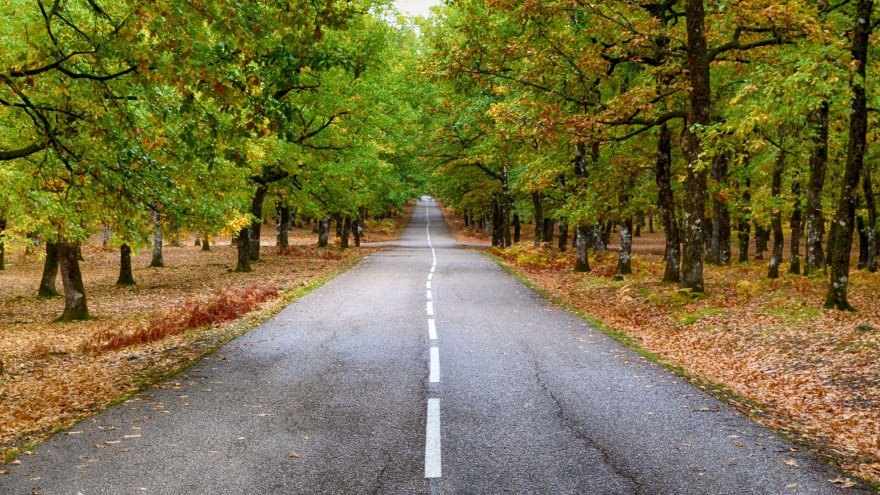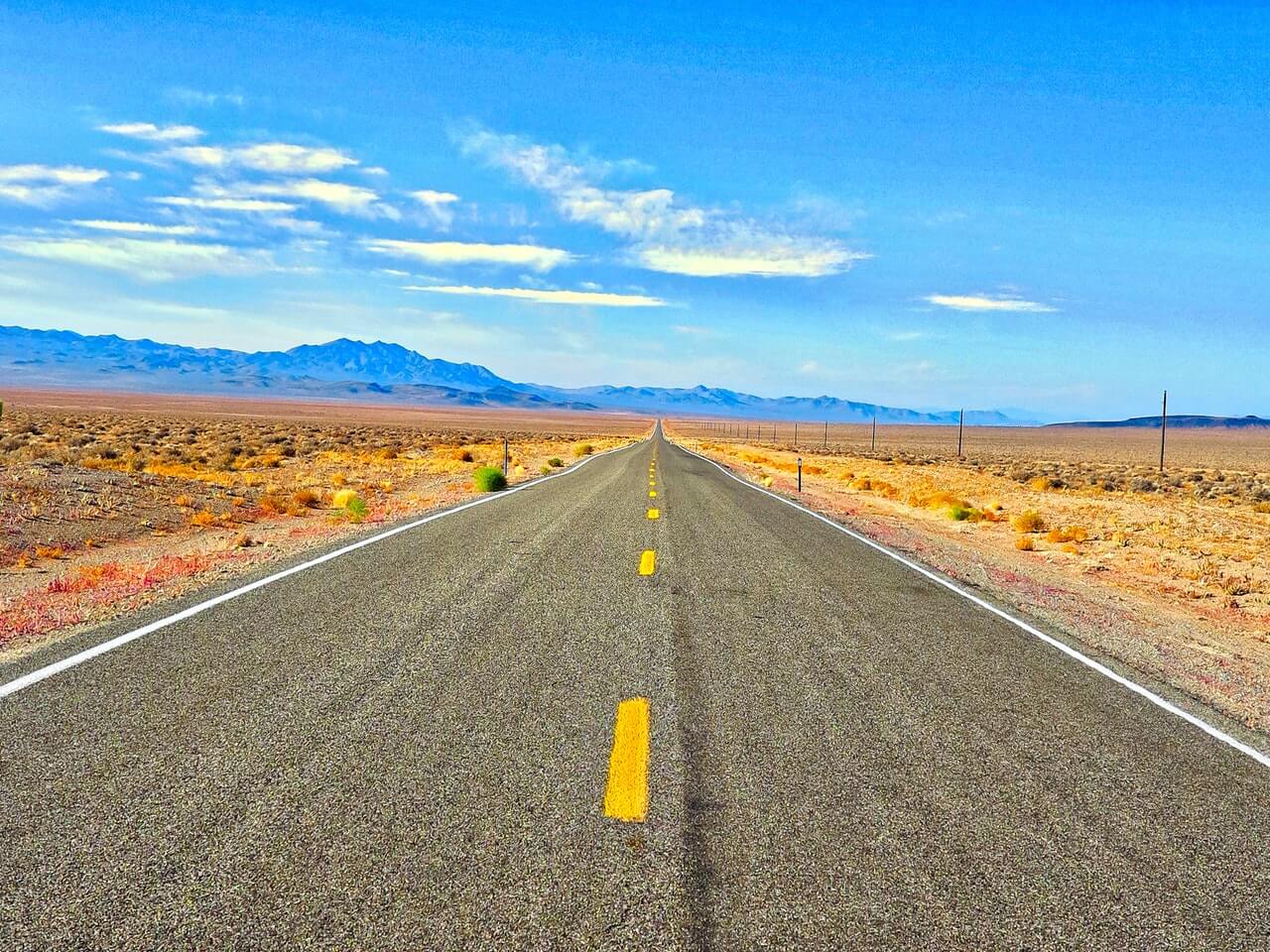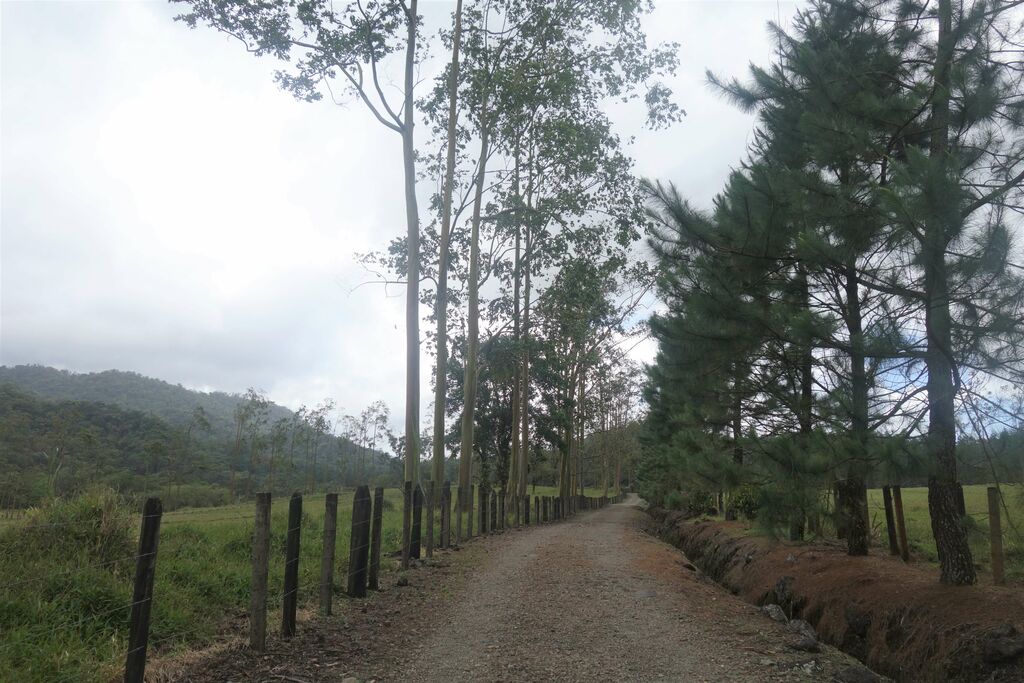What are the Long Term Negative Effects of Running on Pavement?

According to the latest data from the U.S. Census Bureau’s American Community Survey, 80.7% of Americans live in a city or urban area these days (compared to 60% in 1950). And about 70% of adults hold 9-5 jobs. So for most of us, running on pavement isn’t really a choice we consciously make as a runner. It’s just using what’s available.
What we do know is that it’s incredibly important to select a supportive shoe that’s right for you (the correct footwear can support or prevent a diverse range of issues including back pain, heel spurs, tendonitis, stress fractures and bunions ). What we still don’t know for sure is if long-term running on pavement is bad for the human body. This has been a hot debate amongst the running community for decades, and while there isn’t one definitive answer, new research is coming out every year.
Let’s take a look at both sides of the puzzle.
Pro-Pavement
Research shows that your muscles adapt surprisingly quickly to any surface that you walk or run on. In fact, your body adjusts the stiffness in your leg to run on a new surface on the first step. Reed Ferber, Ph.D., an athletic therapist and director at the Running Injury Clinic in Canada, says, “Your muscles will adapt and minimize impact forces and joint loading regardless of whether you run on a hard or soft surface.”
Almost every runner has heard some variation of, “All that wear and tear from running, you’ll end up with arthritis one day!” But after studying thousands of runners, Paul Williams, an exercise scientist at Lawrence Berkeley National Laboratory, released a study in 2013 that found that running significantly reduced the risk for osteoarthritis and hip replacement, while other non-running exercises increased the risk for osteoarthritis and hip replacement.

These studies shine a light on a different perspective of our joints and how they actually work and adapt, instead of only focusing on the wear-and-tear. Many health professionals agree that the health benefits of running far outweigh any negative effects. This view is probably best summed up by Alex Hutchinson, who is a former physicist and national-class runner, a National Magazine Award-winning science journalist and author of Endure: Mind, Body, and the Curiously Elastic Limits of Human Performance. He says, “People think the joint is just a static, inert hinge that wears down, but it’s actually a dynamic, living thing that can respond to stress and adapt and get stronger.”
These studies seem to show that our body can adjust to running on literally any surface, including harder surfaces like concrete and pavement. Another thing to add to the ‘pros’ list is that asphalt, a mixture of gravel, tar, and crushed rock, is considered to be the fastest surface you can run on.
Anti-Pavement

First, there is an important distinction between concrete and asphalt. Concrete has been shown to be the worst on your joints because it is the hardest, most unrelenting surface you can run on. There are benefits to running on concrete, such as its smoothness and consistency, which can reduce your chances of twisting an ankle or tripping. However over time the extra strain this heavier impact can put on your joints isn’t worth it. Pavement, on the other hand, has a little more give and therefore the surface is a little bit more springy, reducing the impact.
The Journal of Science and Medicine in Sport published a study in 2010 investigating how weight is distributed on the foot while running on a hard surface such as asphalt and on grass. The study found that grass put about 12% less pressure on the rearfoot and the forefoot. What is still unclear is how bad that extra bit of pressure is for each individual, and if the negatives outweigh the positives of running on pavement.

Conclusion
There is no single conclusion, because of several reasons. One reason is that there just haven’t been enough studies done on this important subject. Another reason is that the answer may be different for each runner. It can depend on how light you are, how you land your feet, with what force you hit the ground (some people naturally have a lighter or heavier step), or if you already have underlying injuries or joint problems.
From the research that is available to us, it seems as though most can agree that running on concrete as the hardest surface is the least desirable option because it may cause unnecessary impact on your joints. Running on grass may not be the answer either, because as the softest surface it brings its own host of potential risks – slipping on grass wet with dew, stepping into a hole, stiffening your legs for running on a soft surface which may increase your chances of stress fractures.

While the answer may be different for everyone, for most of us it would appear that the best choice is somewhere in the middle. Asphalt puts less strain on your Achilles tendon than other softer or uneven surfaces and is the most readily available surface to the urban runner. It’s what most roads and running trails in parks are made of. Packed dirt trails are often in a beautiful setting, and are considered one of the gentler options for running. Running on dirt trails can also help improve your proprioception (your body’s ability to know where it is in space). However, dirt trails can vary greatly in incline and difficulty and can sometimes not be safe when muddy.
The choice of running surface will be different for each runner. It will depend on what is available to you, and what feels best for your body. The best way to know the answer is to try several different surfaces, and mix it up when you can.
Sources
- , New Census Data Show Differences Between Urban and Rural Populations, Website
- , Who's In The Office? The American Workday In One Graph, Website
- , Runners adjust leg stiffness for their first step on a new running surface., Website
- , Effects of running and walking on osteoarthritis and hip replacement risk., Website
- , In-shoe plantar pressure distribution during running on natural grass and asphalt in recreational runners, Website
- , Running surface and injuries: The role of leg stiffness in running injuries, Website
- , Endure: Mind, Body, and the Curiously Elastic Limits of Human Performance, Book
Latest Articles
 Is Running on a Treadmill Easier Than Running Outside?Runners have their own preferences, whether it is treadmill running, running outside on the road, or exploring trails. So...
Is Running on a Treadmill Easier Than Running Outside?Runners have their own preferences, whether it is treadmill running, running outside on the road, or exploring trails. So... Is It OK to Use Trail Running Shoes on the Road?While trail running shoes can be used on roads, especially in situations where a runner encounters mixed terrains or pref...
Is It OK to Use Trail Running Shoes on the Road?While trail running shoes can be used on roads, especially in situations where a runner encounters mixed terrains or pref... How to Fix Sore Quads After Running?Rest, ice, gentle stretching, and over-the-counter pain relievers can help soothe sore quads after running. Also, ensure ...
How to Fix Sore Quads After Running?Rest, ice, gentle stretching, and over-the-counter pain relievers can help soothe sore quads after running. Also, ensure ... 10 Fruits With The Most Electrolytes to Replace Sports DrinksThese fruits are high in electrolytes such as potassium, magnesium, and calcium, essential for hydration, muscle function...
10 Fruits With The Most Electrolytes to Replace Sports DrinksThese fruits are high in electrolytes such as potassium, magnesium, and calcium, essential for hydration, muscle function...

